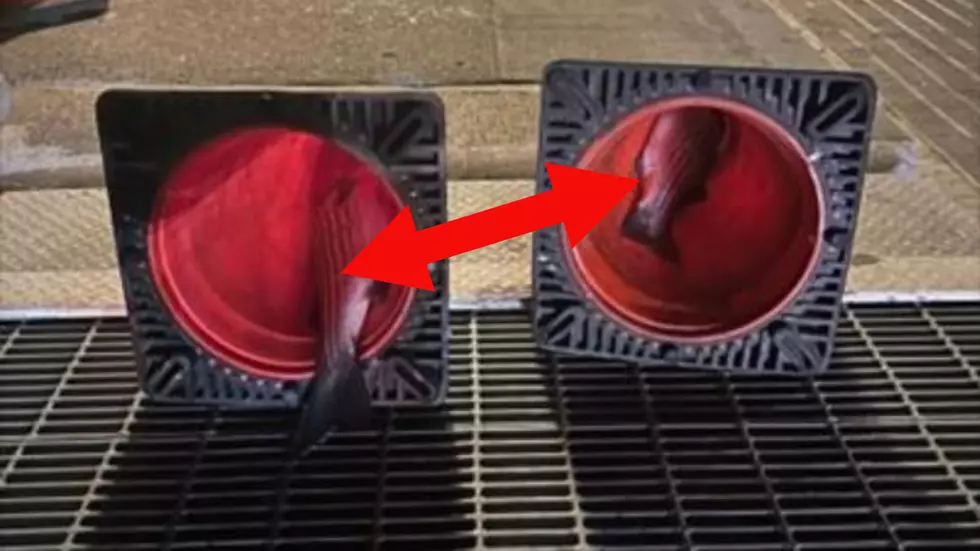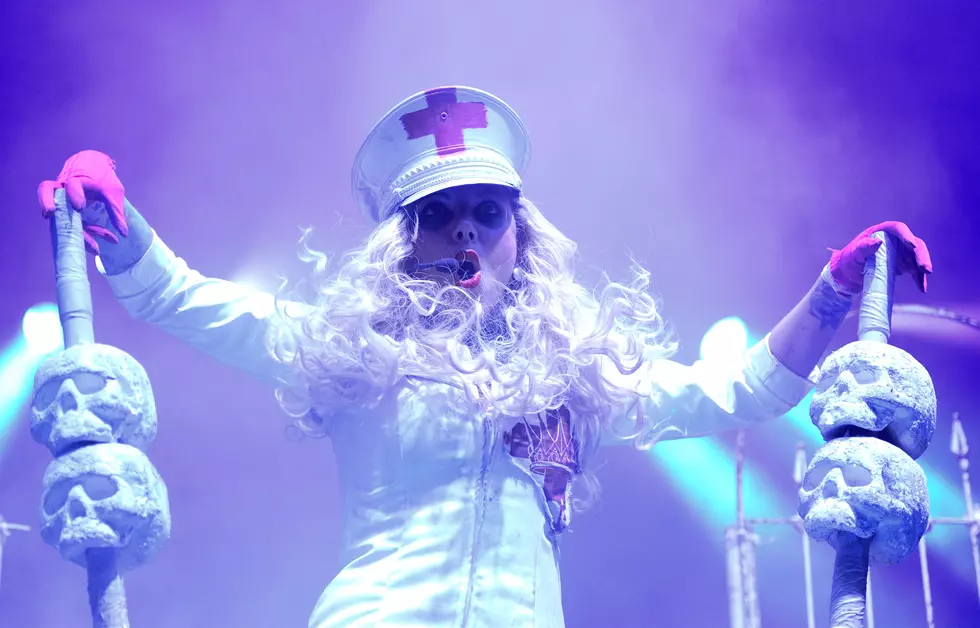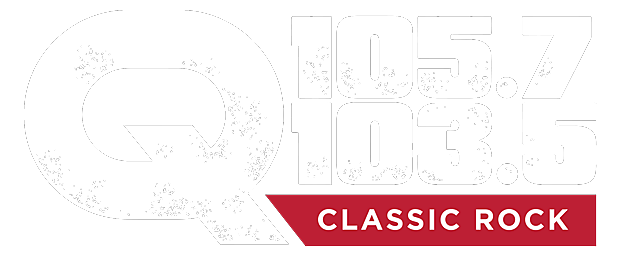
35 Years Ago: Blondie Release ‘Parallel Lines’
In 1978, Blondie began to skyrocket to the big time. When the band first appeared on the scene at famed NYC club CBGB in 1975, they were dismissed as a '60s throwback pop group. But they had the last laugh, becoming the most successful act to emerge form that rock 'n' roll underground.
On their 1976 debut, Blondie offered a fully realized version of what they were all about: equal parts girl-group pop, British Invasion rock 'n' roll, B-movie kitsch and classic sex appeal all rolled into a powerhouse band. The unmistakable focal point was Debbie Harry, who knew her strengths and played them to the max. But the rest of the band provided the solid musical backing she needed to come across.
On 1977's follow-up album, 'Plastic Letters,' Blondie added more aggression to their mix, fine-tuning their style. So by the time the started working on their third album, 'Parallel Lines,' they were ready to start branching out and experimenting with their music. The template they shaped here helped them move out of punk and New Wave genres to a more general pop band.
Released in September 1978, 'Parallel Lines' was the culmination of everything Blondie had been working toward, both musically and stylistically. It's a modern pop record that nods to the past and looks to the future. And it all kicks off with a killer track -- a cover of Los Angeles rockers the Nerves' 'Hanging on the Telephone.' Blondie completely owned the song, turning into a power-pop gem.
It's followed by the popular raunchy rocker 'One Way or Another,' which features one of Harry's best vocal performances as well as some great guitar riffing. Plus, there's Clem Burke's unstoppable powerhouse drumming guiding it along. 'Picture This' returns to the pure pop form, bursting with a jangly guitar riff.
Then 'Parallel Lines' takes a left turn with 'Fade Away and Radiate,' featuring the album's most haunting synth lines, pounding drums and one of Harry's most sultry vocals. King Crimson's Robert Fripp helps set the mood with a guitar line that spins Blondie in a totally new direction. At the end of the song, it drifts into a reggae groove, something the band would explore in detail later in its career.
Blondie eventually return to their pop roots on 'Sunday Girl,' which was written by guitarist Chris Stein. The song looks back on the great pop songs of the past decade while keeping firmly placed in 1978. And then comes the bomb. 'Heart of Glass' dates back to 1975, when it was known as 'Once I Had a Love' and played at a reggae shuffle. Producer Mike Chapman suggested that the band rework the song as a disco track, and it became their first No. 1 hit.
This monster song helped propel 'Parallel Lines' to the upper region of the charts. It sold a million copies. And it remains Blondie's most popular (and arguably best) album.
Listen to Blondie's 'Parallel Lines'
More From Q 105.7










